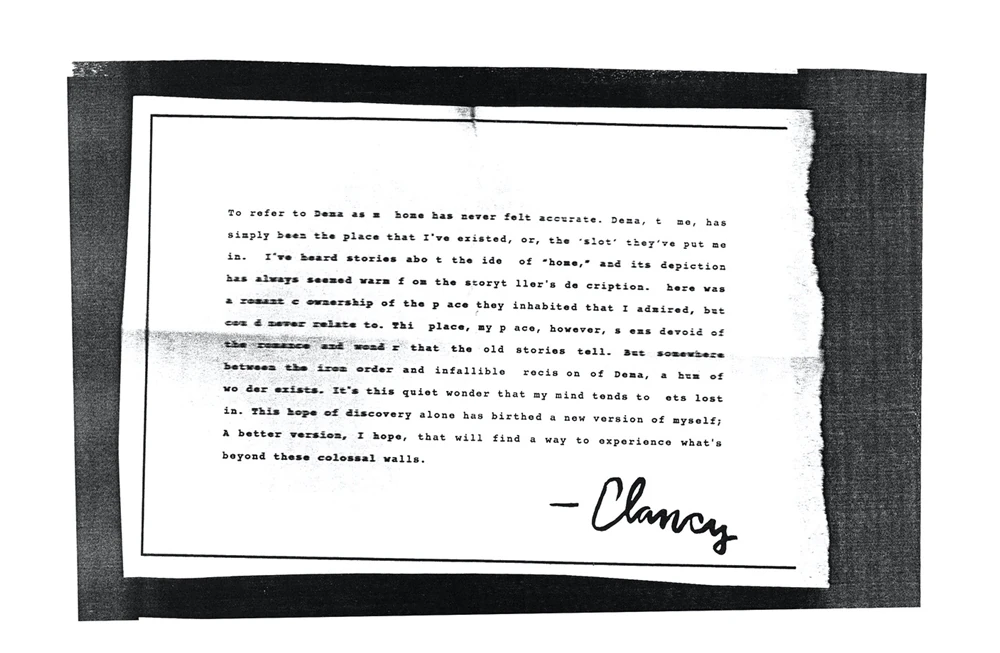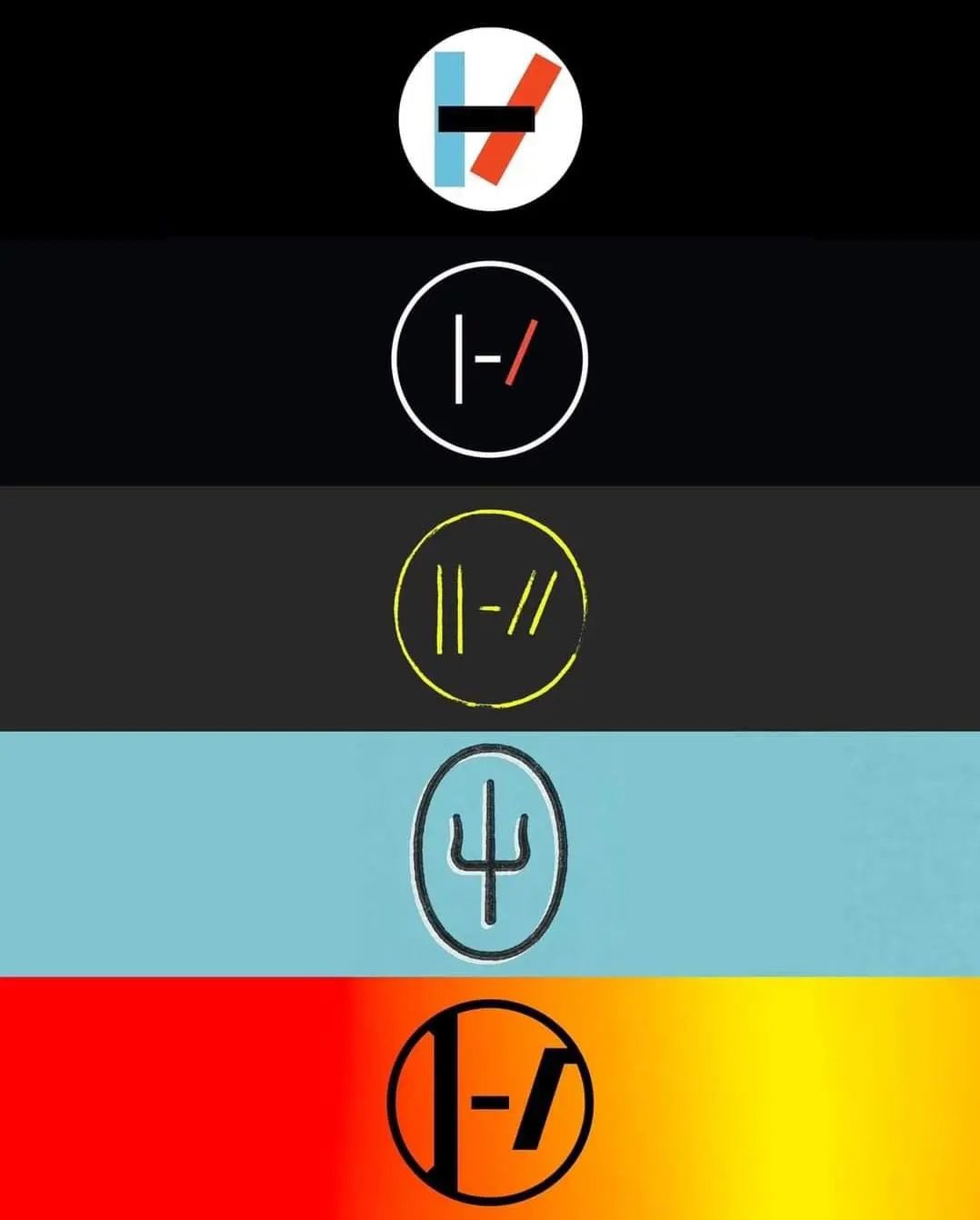
Twenty One Pilots, the dynamic duo of Tyler Joseph and Josh Dun, have carved a unique
niche in the music world not just with their sound that blends genres but through a
compelling narrative universe that spans albums, music videos, and performances.
This universe intricately explores mental health, resistance against oppression,
and the quest for identity. At the heart of their story is Dema, a fictional city
representing mental health struggles, governed by oppressive rulers known as
the nine Bishops, with the character Blurryface — Tyler’s personification of
insecurities and fears — taking center stage as the head Bishop, Nico.

Their albums “Blurryface” and “Trench” particularly explore this narrative, with
Dema acting as a metaphor for the cyclical nature of depression and mental illness.
Tyler’s embodiment of Blurryface, marked by black paint on his neck and hands, serves
as a powerful visual metaphor for the grip of insecurities. This imagery is consistent
across music videos where Tyler appears with black hands or neck, indicating the song's
connections to the lore. The lore is further enriched through the story of Clancy, a rebel
against Dema’s control, symbolizing hope and the fight for freedom.

Tyler's background in theater profoundly influences the band's use of visual metaphors,
such as the recurring black paint and hand gestures. These elements are not just aesthetic
but loaded with meaning. The black paint signifies Nico’s control, particularly over Tyler’s
musical talents, hinting at the misuse of creativity for nefarious purposes. Hand gestures,
ranging from clenched fists to open arms, draw from traditional theatrical techniques to express
a spectrum of emotions and resistance without words.
Color plays a pivotal role in the narrative, with yellow symbolizing light, hope, and the
Banditos’ camouflage against Dema’s forces in the “Trench” era. The upcoming album “Clancy”
introduces red, potentially symbolizing a shift towards direct confrontation and embodying passion,
danger, and revolution in the ongoing battle against Dema.
